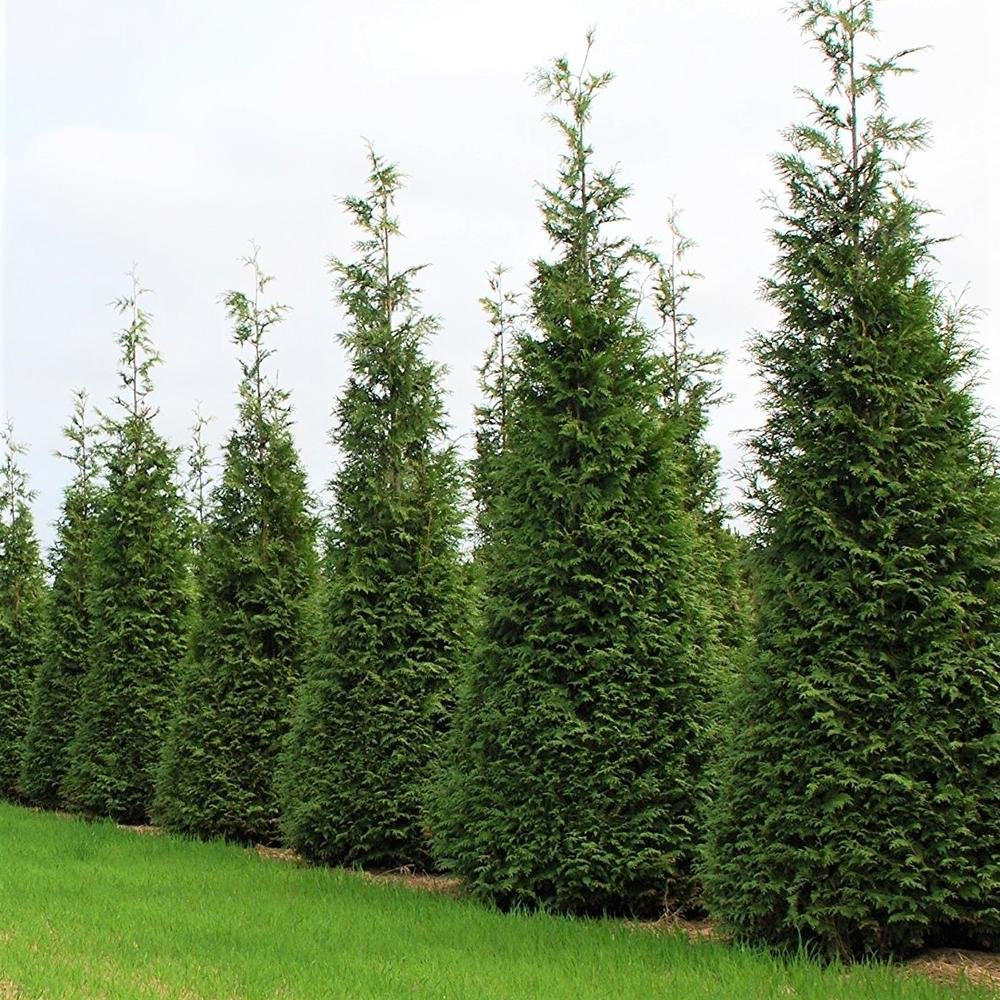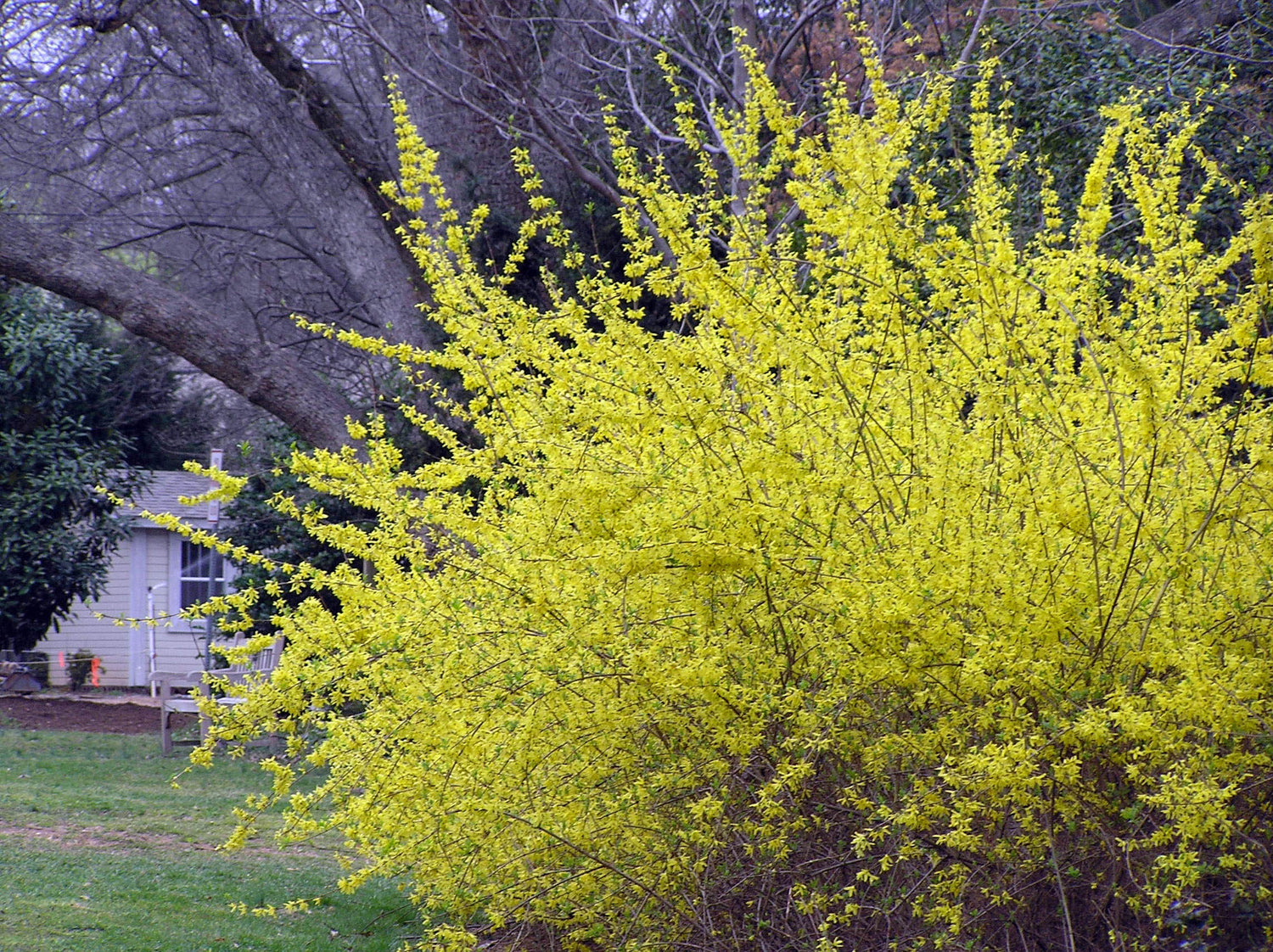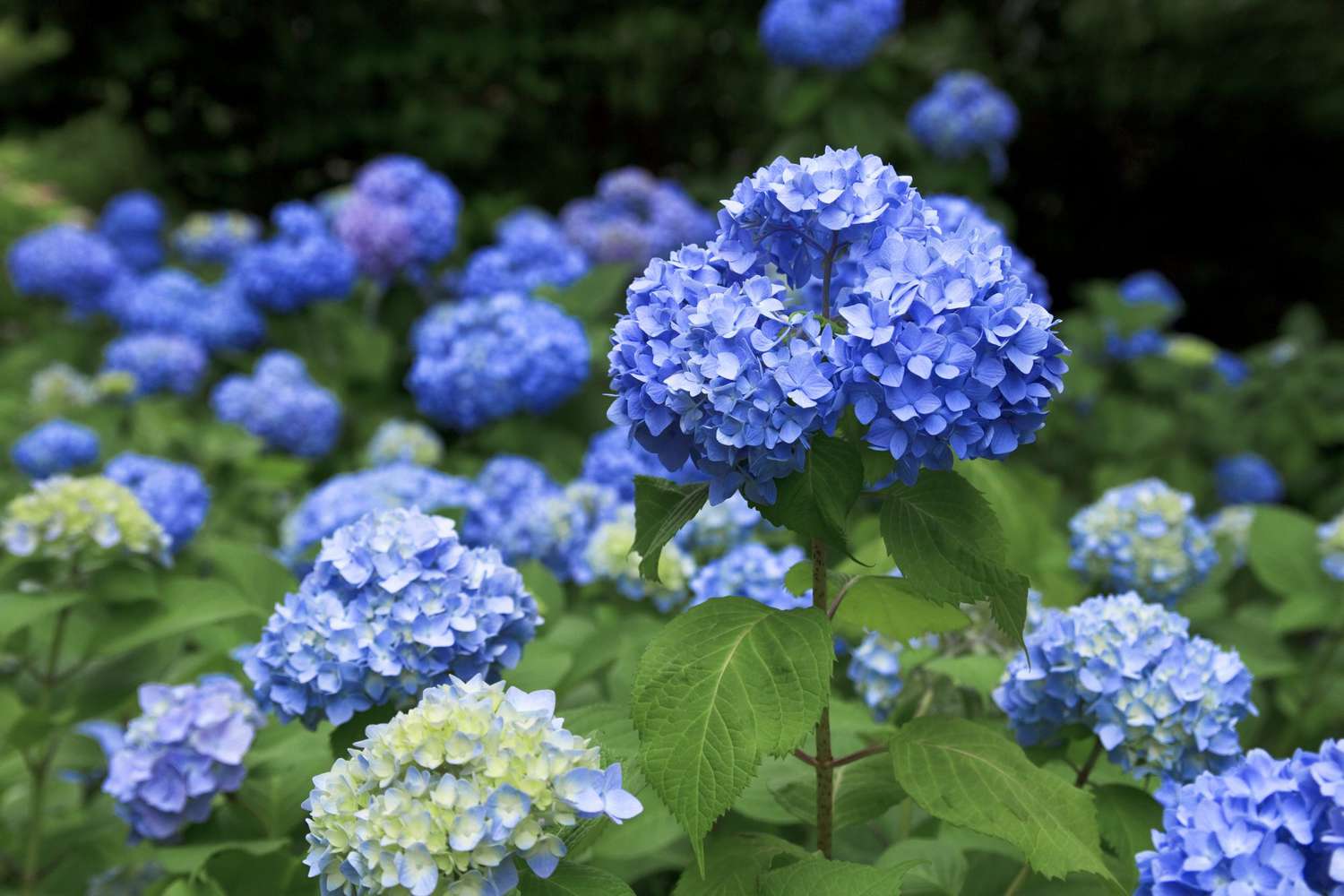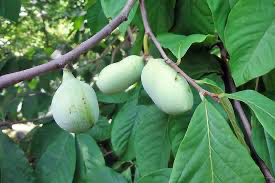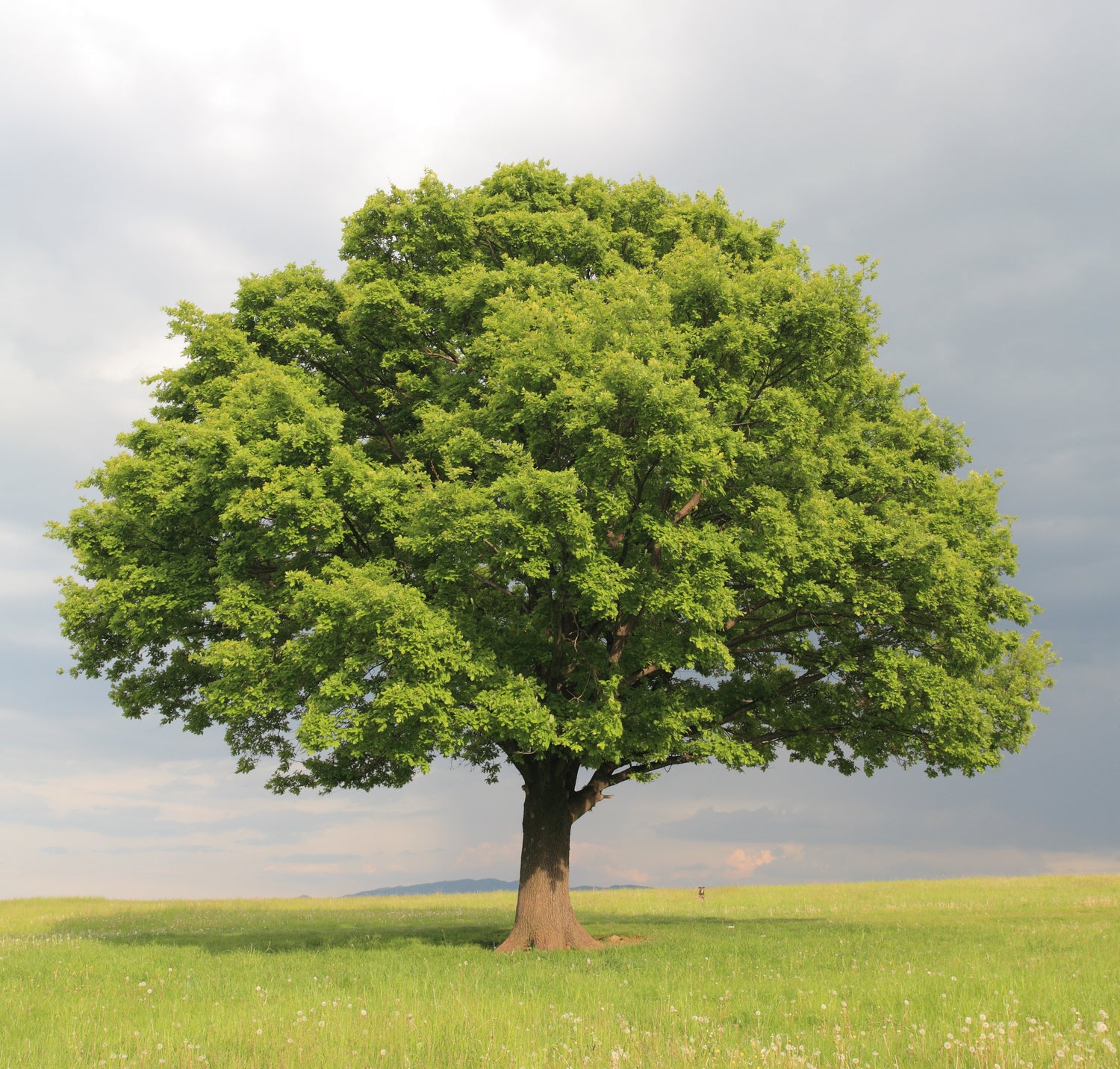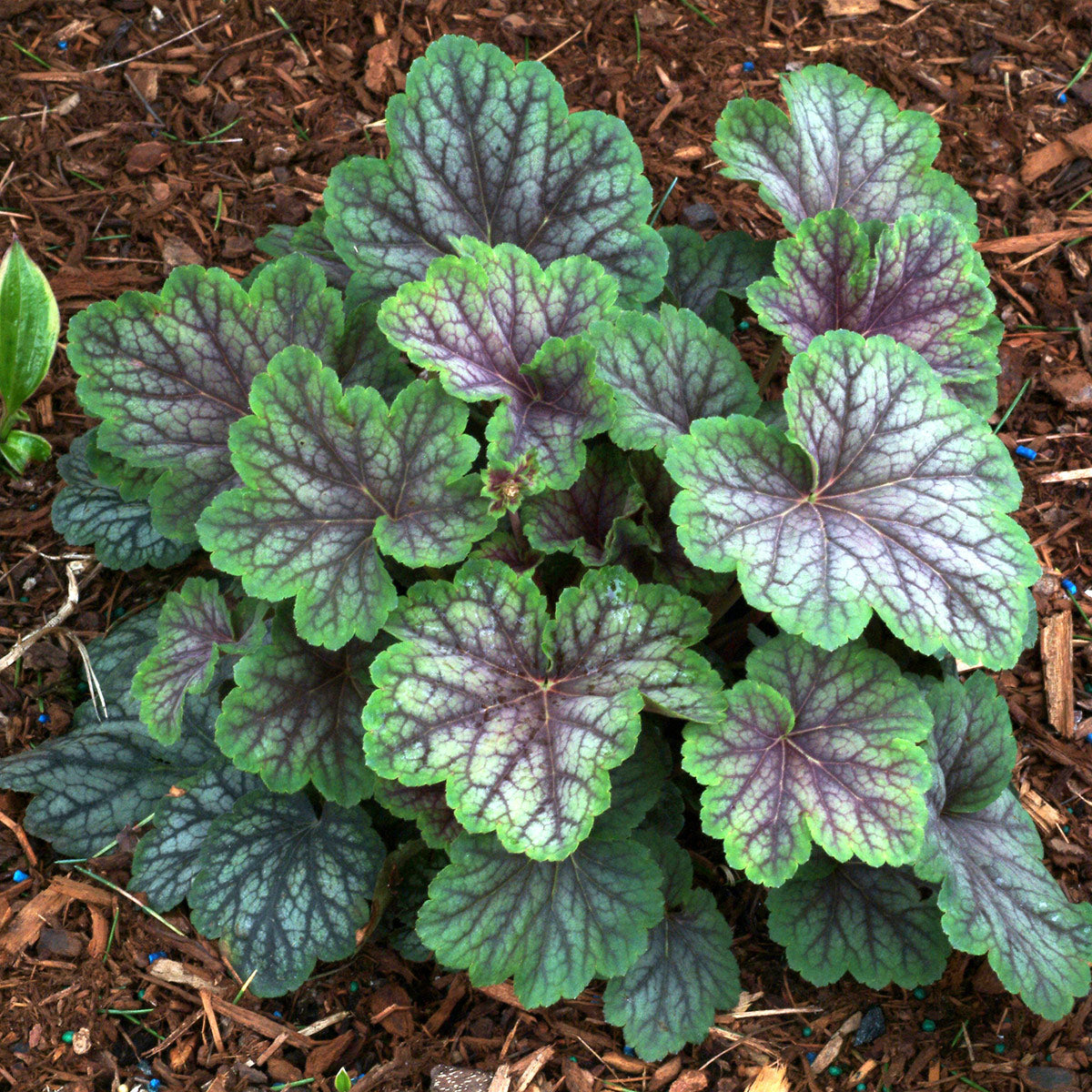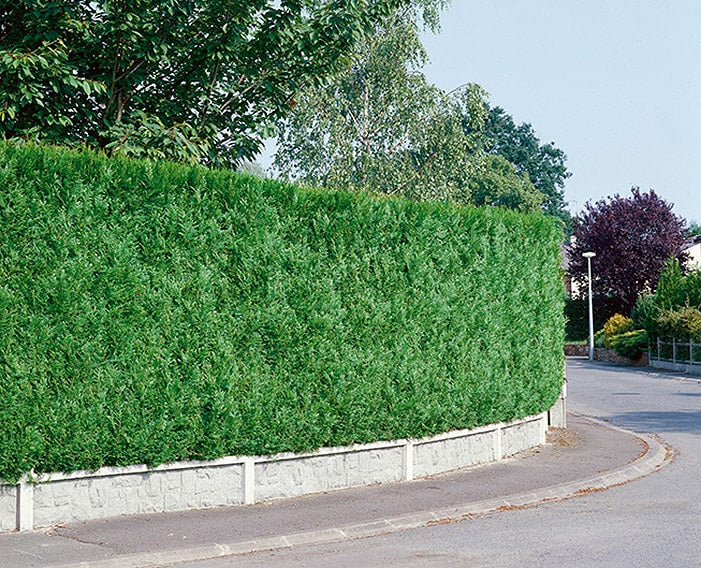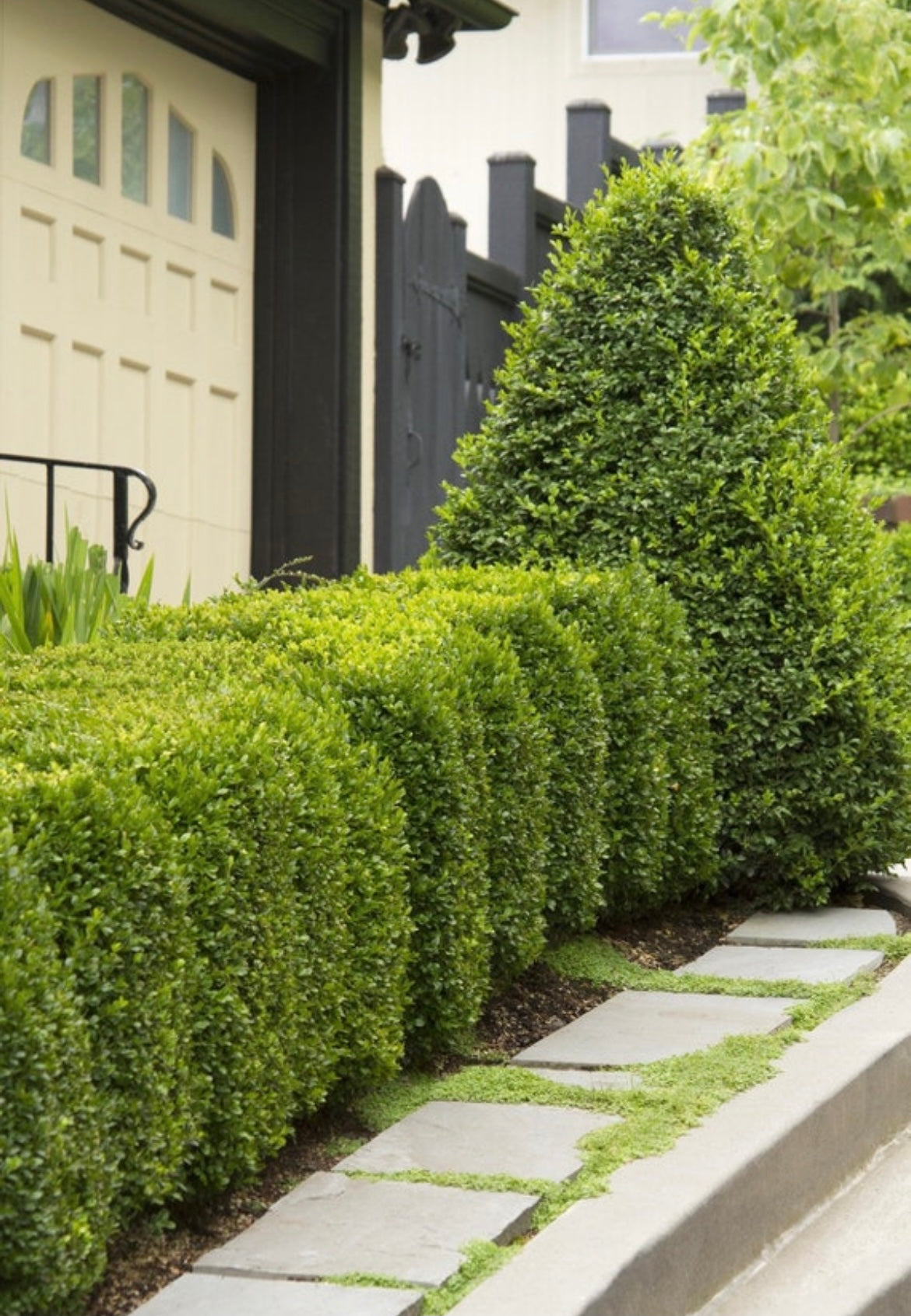Pear trees (Pyrus) are not only known for their delicious fruit but also for their ornamental value, making them a popular choice among gardeners. Whether you're considering growing pears for their delectable harvest or their aesthetic appeal, it's essential to understand what a fruiting pear tree looks like and the many reasons why growing pears can be a rewarding and worthwhile endeavor. In this article, we'll explore the visual characteristics of a fruiting pear tree and delve into the numerous benefits of cultivating these delightful fruits.

What Does a Fruiting Pear Tree Look Like?
-
Growth Habit:
- Pear trees generally have a pyramidal or upright growth habit, with a central leader that develops into a single main trunk.
- As the tree matures, it forms lateral branches that extend outward from the main trunk, creating a balanced and symmetrical appearance.
-
Bark and Branches:
- Young pear tree bark is smooth and brownish-gray, gradually developing rough and textured bark with age.
- The branches are typically slender, flexible, and densely covered with foliage, forming an elegant silhouette.
-
Leaves:
- Pear tree leaves are ovate or elliptical in shape, with a glossy green color that adds vibrancy to the tree's overall appearance.
- The edges of the leaves may feature fine serrations, contributing to their unique texture.
-
Flowers:
- In spring, fruiting pear trees showcase an exquisite display of blossoms.
- The flowers are typically white or creamy white, with delicate petals that form clusters along the branches.
- These blossoms not only enhance the tree's aesthetic appeal but also attract pollinators, such as bees, ensuring successful fruit production.
-
Fruits:
- As the growing season progresses, the pear tree's flowers are replaced by developing fruits.
- Pears vary in shape, size, and color depending on the variety, ranging from round to pear-shaped and green, yellow, or reddish-brown.
- When the pears ripen, they become sweet and juicy, ready for harvest.
Why Grow Pears?
-
Delicious and Nutritious Fruit:
- Pears are not only a tasty treat but also a nutritious addition to your diet. They are a good source of dietary fiber, antioxidants, and essential vitamins and minerals.
- Enjoying homegrown pears allows you to savor their freshness, flavor, and superior quality.
-
Ornamental Value:
- Beyond their fruit-bearing capabilities, pear trees make stunning additions to landscapes and gardens.
- The beautiful blossoms in spring create a captivating sight, while the foliage adds lushness and vibrancy throughout the growing season.
-
Abundance and Versatility:
- Pear trees are known for their generous fruit production, providing an ample harvest for your culinary creations.
- Pears can be enjoyed fresh, added to salads, baked into pies and tarts, or transformed into preserves and sauces, offering endless culinary possibilities.
-
Pollinator-Friendly:
- Pear trees attract bees and other pollinators with their fragrant blossoms, aiding in the pollination of other plants in your garden.
- By growing pears, you contribute to the health and biodiversity of your local ecosystem.
-
Longevity and Low Maintenance:
- Pear trees are known for their longevity, providing years of harvest and beauty.
- Once established, pear trees require minimal maintenance, making them suitable for both experienced and novice gardeners.
Growing pears offers a delightful combination of visual appeal, delicious fruit, and numerous benefits for your garden and overall well-being!

